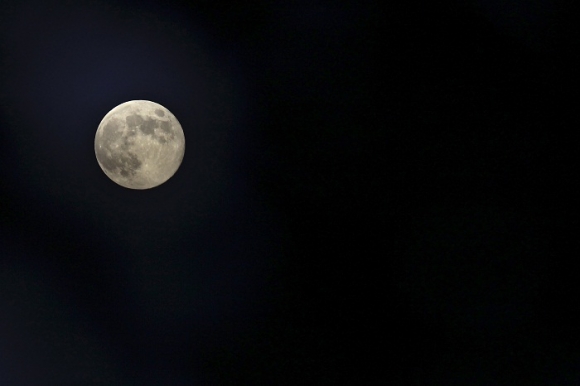Jupiter and full Moon crossover in a celestial merger not to be missed
The third full moon of the year that occurs this week on Thursday, March 5 will be different than the ones that take place each month. This time, Jupiter, the most massive planet in the solar system, will join the full moon in a beautiful conjunction that is attracting the attention of astronomers and sky watchers.
March has proven to be a good month for skywatchers spotting planets. Venus has been growing increasingly prominent in the evening sky and has continued to stay above the horizon for 2.5-3 hours even after the sun sets. Mars has also been appearing below Venus from the start of this month, but not looking as bright. Saturn, the spectacular ringed beauty, continues to climb up in the middle of the night to reach high in the southern sky by the time the sun rises. Currently, Jupiter is the third brightest object in the night sky after the Moon and Venus. The biggest planet in the solar system, Jupiter appears huge and bright in the Cancer constellation and is now the highest positioned planet in the sky to the south about 10:40 pm GMT for the centre of the British Isles.
The third full moon of the year 2015, which will be the last one in this cold winter, is unusual in more ways than one. This time, the Moon will pull away from Earth to go farther from us than it has ever been before. On March 4, the Moon was 252,516 miles (406,384 kilometers) from the centre of the Earth, making this full moon the smallest one in 2015. On March 5, 2015, the moon will lie about 50,000 kilometers (30,000 miles) farther away from Earth than the closest full moon of 2015 on September 28, thus making it a micro-moon or mini-moon
The full moon occurs at the same time across the world, though our clocks show different time zones. In the United States, the actual fullness of the moon can be seen on March 5 at 1:05 p.m. EST, 12:05 p.m. CST, 11:05 a.m. MST or 10:05 a.m. PST.
